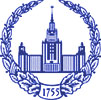
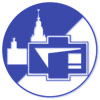
Liquid Crystal Laboratory
Faculty of Physics, Lomonosov Moscow State University
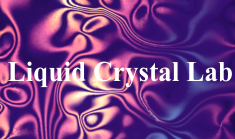
  |
Liquid Crystal LaboratoryFaculty of Physics, Lomonosov Moscow State University |
 |
Research |
|
Lyotropic Liquid Crystals (A.S. Sonin, A.V. Golovanov) A liquid crystal mesophase is called lyotropic if it is formed by dissolving an amphiphilic mesogen in a suitable solvent under suitable concentration, temperature, and pressure conditions. A mixture of soap and water is the simplest example of lyotropic liquid crystal. |
|
Photosensitive Liquid Crystal Systems (S.A. Shvetsov) 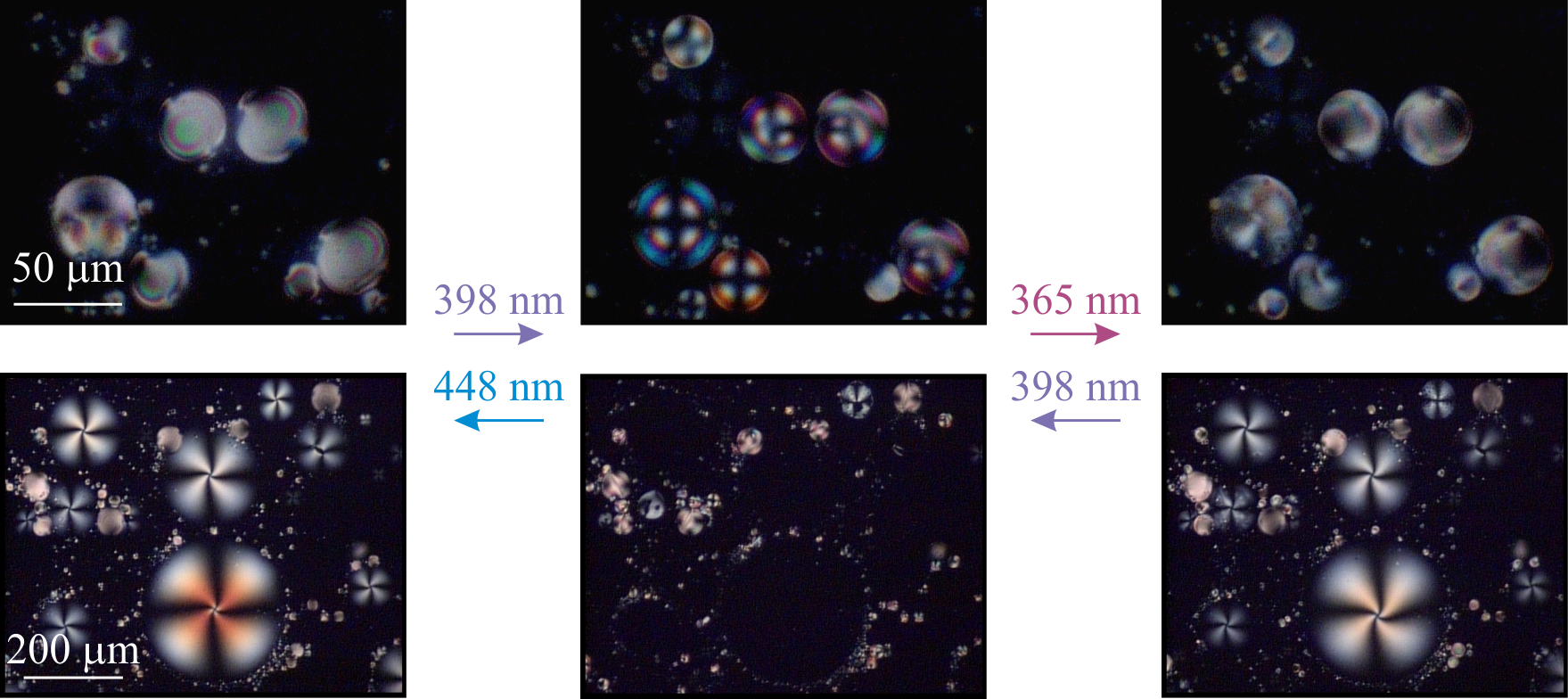 (S. A. Shvetsov et al., Beilstein J. Nanotechnol. 2018, 9, 870.)
The incorporation of particular polymeric additives into the liquid crystal matrix makes it possible to obtain the materials highly sensitive to the light. Thus, orientation transitions caused by changes in the boundary conditions can be observed in liquid crystal microdroplets under the influence of light. |
LC materials for the field sequential color displays
(V.A. Barbashov) Ferroelectric liquid crystals (FLC) are very promising for creating a new generation of displays, since their performance is 2 to 3 orders of magnitude higher than that for nematic liquid crystals (NLCs) currently used for the production of displays. The field sequential color technology can be used for displays. FLC materials will provide higher resolution, lower power consumption, and a better color gamut compared to that in NLCs. |
|
Investigation of smectic liquid crystals at the International Space Station   The two-dimensional liquids open up the new possibilities for the studies in such the fields as the recognition of biological molecular objects, oil and minerals recovery, production of food, creation of special coatings and waterproof materials, pharmaceutics and so on. |
|
Computer simulation of liquid crystal structures (V.Yu. Rudyak)  Computer simulation allows one to solve the problems of high complexity and conduct a deep analysis of ongoing physical processes. We are engaged in the two areas of computer simulation:
1) Molecular simulation aimed to calculating the parameters of a material in various liquid crystal phases (elastic constants, viscosity constants, spontaneous bent, etc.).
2) Mesoscopic simulation aimed to calculating the director field structures in a limited-volume LC droplets. The method developed by us allows one to take into account the influence of the external electric field and the surface effects on nematic and cholesteric liquid crystals.
|
|
Multistable LC ferroelectrics for the continuous grayscale image storage devices (E.S. Filimonova) 
|
|
Electro-optics of composite liquid crystal materials (A.V. Kaznacheev) 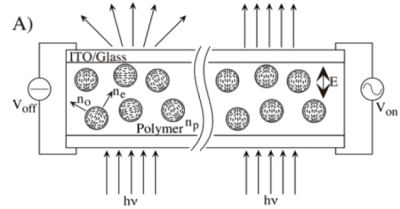 D.A. Higgins et al., Acc. Chem. Res. 38, 137-145 (2005)
In composite materials, the surface phenomena have a significant and sometimes dominant influence on their structural ordering and, as a result, on their macroscopic properties. The importance of the proposed study is determined by the desire of obtaining the detailed information about new effects that occur at interface boundaries and their manifestation in the bulk properties of heterophase structures. Such research is one of the leading directions in the development of the latest problems of soft matter in materials science. This knowledge will serve as the basis for creating micro - and optoelectronic liquid crystal materials with a conceptually new type of control.
|